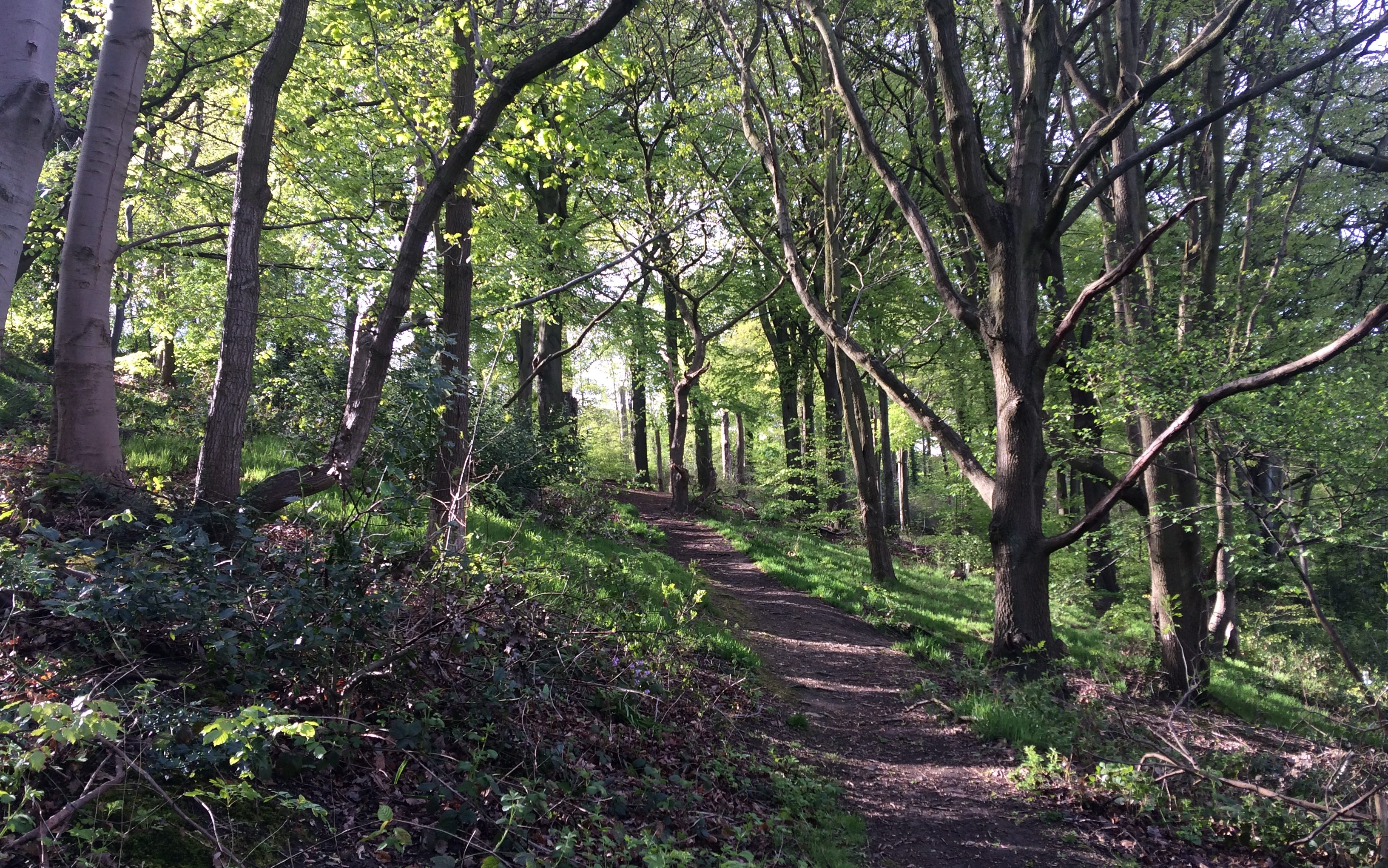Here’s how the pandemic changed our patterns of visiting nature and why that matters for our health
By Jake Robinson

The COVID-19 pandemic has brought about unprecedented changes to human lifestyles across the world. The impacts of the virus and the social restriction measures have been linked to an increase in mental health conditions including anxiety and depression, insomnia, and suicide ideation.
There is an ever-increasing body of evidence to show that spending time engaging with ‘natural environments’ such as parks, woodlands, and meadows, is essential for our health and wellbeing. For example, it has been demonstrated that shinrin-yoku (森林浴), also known as forest bathing, can reduce blood pressure and anxiety, and the chemical released by plants may improve our ability to sleep. Gardening can have a multitude of health benefits including improved mental wellbeing by reducing stress and anxiety. Furthermore, green spaces can harbour a diverse suite of microbes (such as bacteria, viruses, fungi and algae) that reside on plants, in soils and in the air. When we spend just a short period of time in these environments, a plethora of harmless and even beneficial microbes can transfer over to the human body. Importantly, exposure to a diverse range of microbes (some of which are known as ‘old friends’) from natural environments can help to regulate the immune system and may provide important mental health benefits.
Where greenness was higher within 250 m around a respondent’s location, people were more likely to have higher levels of mental wellbeing
But how has the COVID-19 pandemic affected our patterns of engaging with the green and blue spaces around us, and has nature helped us cope with this unprecedented situation? My colleagues and I recently set out to help answer these very questions. We carried out a study to explore nature’s role in supporting health during the COVID-19 pandemic. We created online questionnaires and applied geospatial analysis – a method that combines geographical coordinates and different forms of satellite data to explore the relationships between people and their local environments.
We found that the majority of people reported significant changes in their patterns of visiting nature as a result of the COVID-19 pandemic. People reportedly spent more time in nature (an average increase of 40 minutes) and visited nature more often during the pandemic (an additional visit per week on average).
People also generally visited nature for a health and wellbeing benefit and felt that nature helped them cope during the pandemic. We used the satellite data to help reveal differences in greenness around the respondents’ home locations. This measure of greenness provides an indication of how much vegetation is present in a given environment. In our study, where greenness was higher within 250 m around a respondent’s location, people were more likely to have higher levels of mental wellbeing. There were also significantly more food-growing allotments within 100 m and 250 m around respondents with higher mental wellbeing scores. Although these findings demonstrate correlations and not causation, they do indicate that neighbourhood vegetation – such as parks and other green spaces – is important in predicting more favourable mental health outcomes.
Many people also visited environments that they would not usually visit, such as woodlands and meadows
Many people also visited environments that they would not usually visit, such as woodlands and meadows. They reportedly did so for different health and wellbeing benefits including reducing stress and anxiety. This implies that people were actively seeking out new environments as a therapeutic response to COVID-19.
The results of our study highlight the deep appreciation that many of us have for nature and the immense value that green spaces have in supporting our health and wellbeing. The study also gives us an insight into how populations respond to infectious disease pandemics and social restriction measures.
The number and diversity of human infectious disease outbreaks has increased significantly in the last 40 years. Furthermore, as humans continue to encroach on ‘wild’ environments, the frequency of exposure to new pathogens is likely to increase in the future. Therefore, it is essential that we reduce our impact on the natural world, and conserve the natural environments that remain.
Indeed, the recent Dasgupta review on the economics of biodiversity emphasised, as many have done before, that “our economies, livelihoods and well-being all depend on our most precious asset: Nature”. The COVID-19 pandemic has further highlighted the immense value of connecting and engaging with nature, but also the undeniable and immediate need to preserve it.
Nature’s Role in Supporting Health during the COVID-19 Pandemic: A Geospatial and Socioecological Study
Study contributors
Jake Robinson – PhD researcher, Department of Landscape Architecture, University of Sheffield
Dr Paul Brindley – Lecturer, Department of Landscape Architecture, University of Sheffield
Dr Ross Cameron – Director of Research, Department of Landscape Architecture, University of Sheffield
Danielle MacCarthy – PhD researcher, Queens University, Belfast
Prof. Anna Jorgensen – Head of Department of Landscape Architecture, University of Sheffield